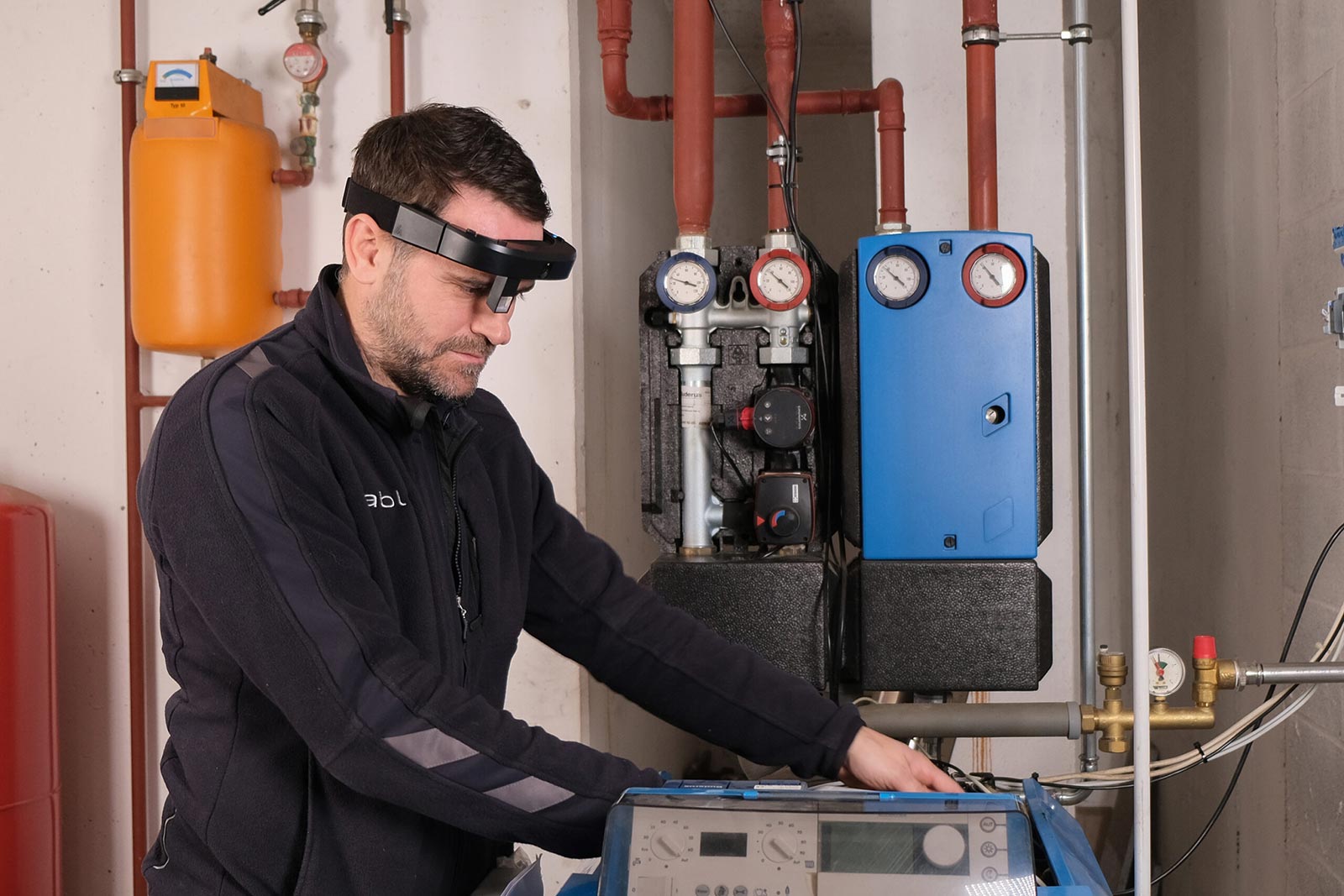In today’s fast-evolving workplace, millions of employees brave the frontlines alone—home healthcare heroes, field technicians, delivery drivers, and maintenance crews navigating unpredictable environments far from immediate support. These unsung champions face unique risks, from medical emergencies to hazardous encounters, all while powering the backbone of our economy. Enter lone worker protection: a dynamic blend of cutting-edge technology, ironclad protocols, and unwavering commitment to keeping isolated workers safe, secure, and empowered.
Safety Reimagined: Technology That Saves Lives
Lone worker protection isn’t just a policy—it’s a lifeline. Wearable panic buttons, real-time GPS-tracking mobile apps, and smart sensors that detect falls or irregular movements are revolutionising workplace safety. These tools don’t just monitor; they act, ensuring rapid rescue and support when seconds matter most. Whether it’s a nurse in a patient’s home, a technician in a remote field, or a retail worker on a late-night shift, these systems bridge the gap between isolation and instant emergency response, transforming vulnerability into strength.
The Stakes Are High—And the Numbers Prove It
The urgency of lone worker protection is undeniable. A staggering 44% of workers report personal safety concerns at their primary worksite, with thousands of sudden cardiac arrests and injuries occurring annually. 20% of today’s workforce qualifies as lone workers, a number surging as remote and hybrid work models redefine industries. In high-risk sectors like maintenance and transportation, risks like explosions and accidents loom large, making robust safety measures non-negotiable. The market for lone worker protection tech reflects this demand, skyrocketing from €154 million in 2019 to a projected €284 million by 2025—a near-doubling driven by necessity and innovation.
Real-World Impact: Stories of Safety Across Industries
From healthcare to retail, lone worker protection is reshaping safety standards. Home-based care providers, now a growing segment of the healthcare workforce, rely on mobile safety apps to navigate unpredictable home visits. Delivery drivers weaving through urban jungles and maintenance workers in hazardous industrial zones depend on instant emergency tools to stay secure. In retail, late-night staff facing rising risks of violence find confidence in reliable communication devices. These aren’t just tools—they’re peace of mind, ensuring every worker returns home safely.
Beyond Compliance: A Win for People and Profit
Investing in lone worker protection is more than a legal obligation; it’s a strategic advantage. Organisations that prioritise safety slash the risk of costly lawsuits, fines, and reputational damage. But the benefits go deeper: employees who feel valued and protected are more engaged, loyal, and productive, fuelling a thriving workplace culture. In a world where work is rapidly transforming, safeguarding lone workers isn’t just smart—it’s essential to building a resilient, future-ready workforce.
The Future of Safety: Innovation on the Horizon
The next frontier of lone worker protection is already taking shape. Imagine IoT-powered wearables that predict risks before they arise, or AI-driven monitoring systems that adapt to each worker’s unique environment. These innovations promise not only to enhance physical security but also to boost operational efficiency and employee well-being. As industries evolve, the question isn’t if these technologies will transform safety—it’s how soon they’ll redefine what it means to work alone.
Join the Safety Revolution
Lone worker protection is more than a system; it’s a commitment to every employee who steps into the field alone. By harnessing state-of-the-art technology and proactive policies, organisations can turn isolation into empowerment, risk into resilience, and uncertainty into confidence. In a dynamic world of work, one truth remains: when you protect your lone workers, you build a stronger, safer, and more successful future for all.

